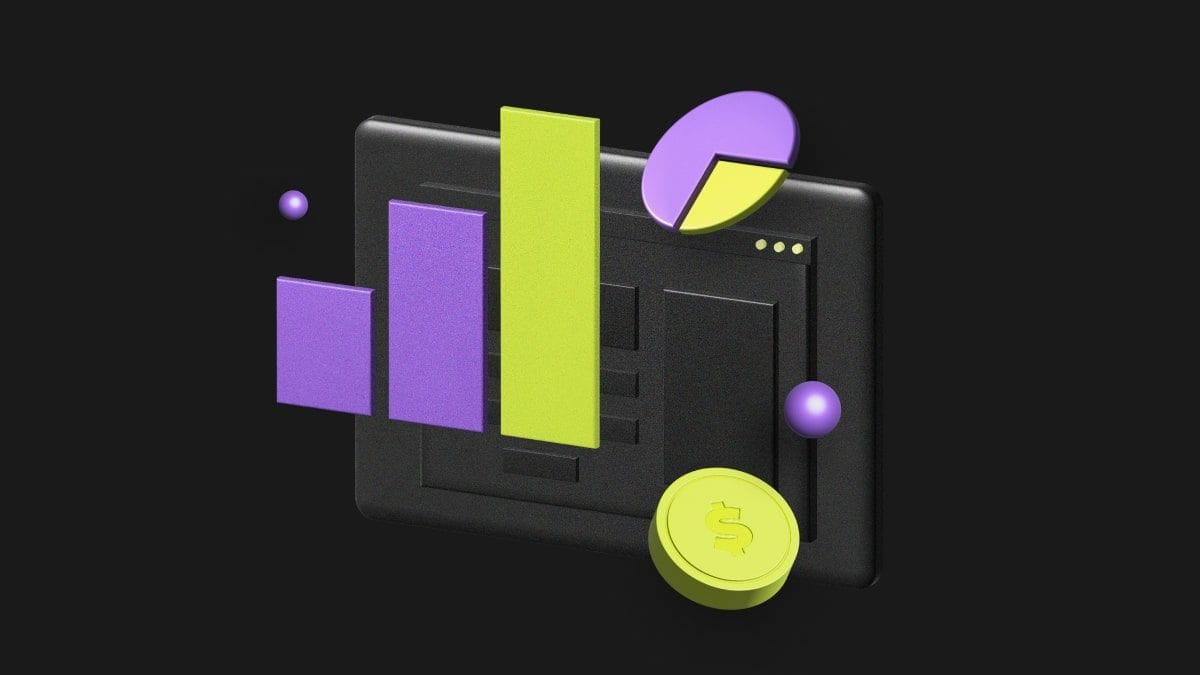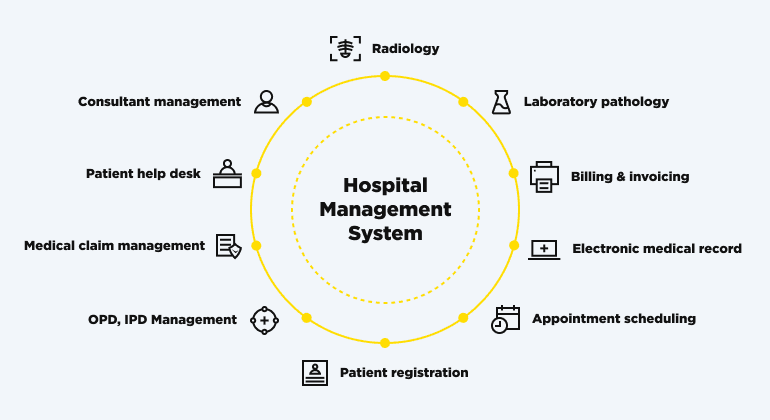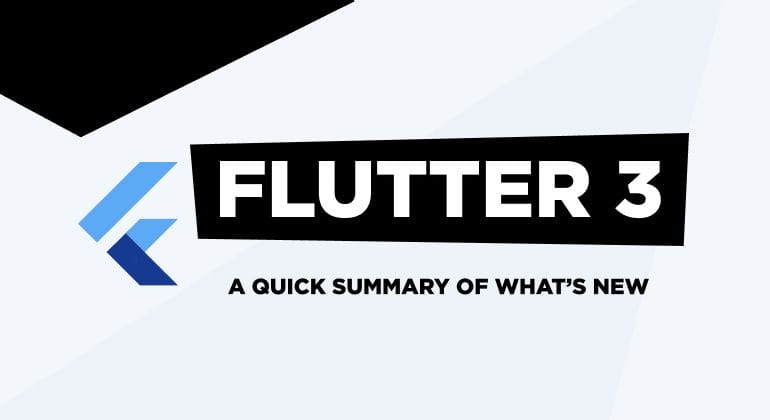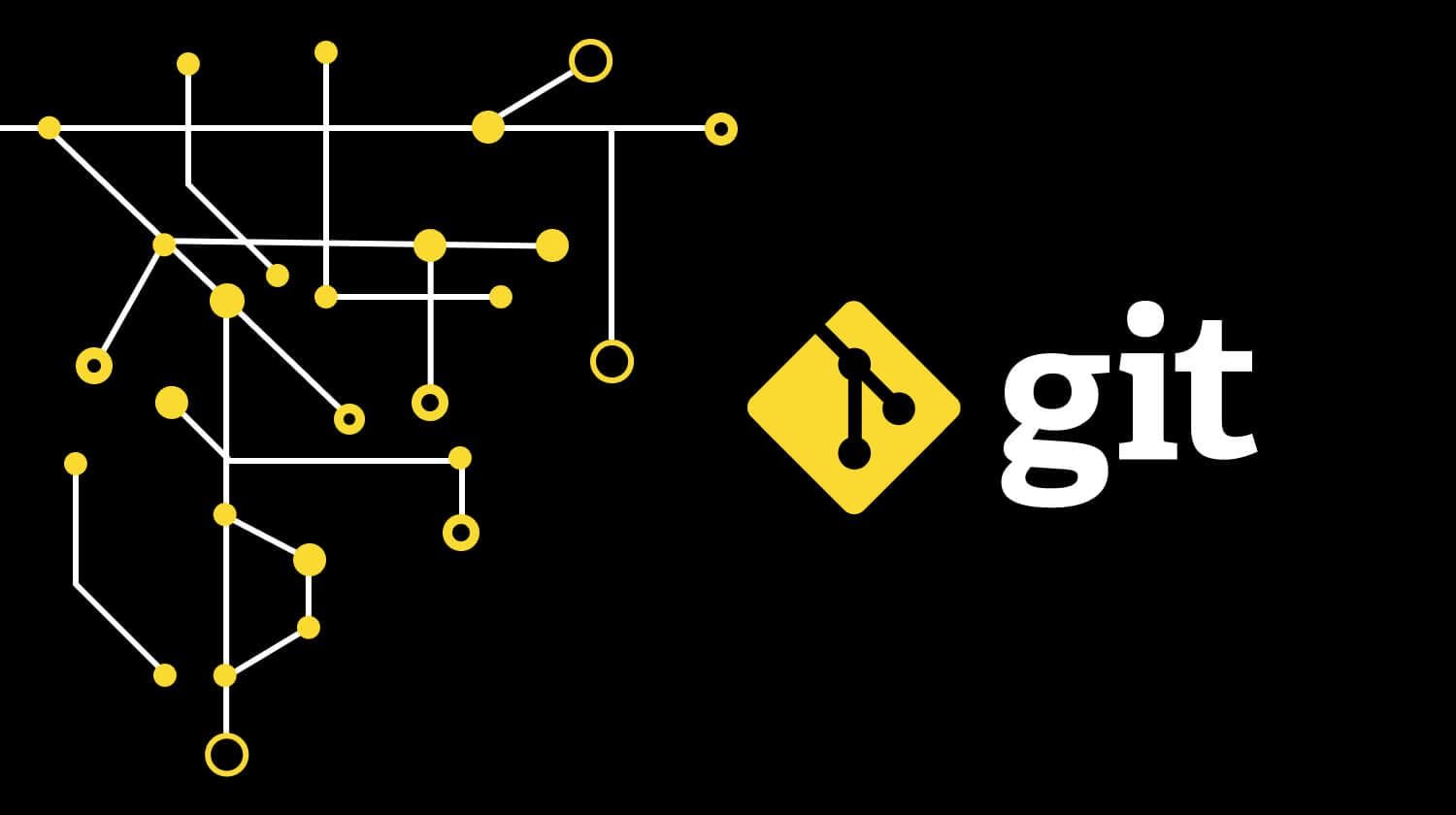“By failing to prepare, you prepare to fail” - Benjamin Franklin.
Thorough research and planning are undeniably the key elements of a successful business venture. Moreover, not considering the power of new technology may leave your product cliched and outdated long before the product launch date. So what do you do? No need to either invent the wheel or try to be as outrageously cool as you can: there is a blueprint for new product development you may implement and ride the wave of all the trends. In this article, we are going to guide you through the 7 stages of a new product development process that ensure an incredibly smooth and efficient product life cycle. Before jumping into that, though, we have to set straight what New Product Development is.
What is New Product Development (NPD)?
In a nutshell, New Product Development (or NPD) is the mechanism of transforming an idea into an applicable software product. The main goal of NPD is to seize the market opportunity, which is all about meeting the needs of a particular group of consumers by first examining the viability of the product idea and only then providing running software. This is all made possible by following a strict set of actions devised to help companies visualize their aspirations and give them a fitting shape that can be developed into a ready-made product ready to be launched.
In order to survive in the fast-paced market, companies have to convert new ideas into new projects constantly, but without a strategy, it is a gruesome task. Even though each idea is unique, you don’t need to struggle to come up with a new sample plan for the product development cycle every single time: there are certain product development steps you can follow at all times.
7 Stages of the New Product Development process
Being consistent and following a time-tested system can bring clarity into the uncertain process of building a new product. To give you a certain perspective as to why having a ready-made system in place is crucial, let us incorporate some research. You may find certain investigations into the field of new product launches stating that around 80-90% of new offerings fail, but that is something we like to call a creepy “urban legend.” Real numbers aren’t less disturbing either, to be honest. The latest research shows that almost 50% of launches don’t hit their targets. The explanation for this is quite simple: when there is no system to rely on, you will fail, no matter how state-of-the-art you may be at the moment.
Check out the Holy Grail of successful product development. These 7 steps in the new product development process are repeatable, which means that you don’t really need to alter them to the next grand new idea you get!
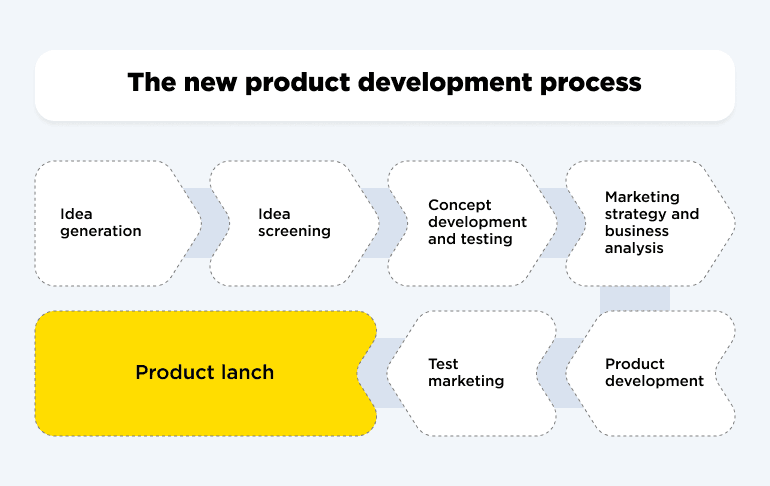
Stage 1: Ideation
When you hear the name of this New Product Development stage, you probably think to yourself: “Oh God, I have to come up with something fresh and awesome and never-done-before… Stressful!”. A common misconception! In the idea generation phase, raw and untried ideas are of foremost value. Next time you’re in a brainstorming session, throw that idea you think is no good in! Believe us when we say that no idea is outlandish enough to be discarded in this first step of NPD!
However, to give your ideas more depth and thoughtfulness, you may want to consider the following. Behind every successful digital offering, there is a human need or problem. Zero in on that. Think not about what can be the next cool thing but rather how this product or feature may mitigate the current struggles or inconveniences of your end-users.
After you’ve identified the issues, it’s great to discuss which of them should be dealt with immediately, which may be postponed and which you simply cannot do anything about. The following step would, of course, be to come up with possible solutions and choose what would benefit most.
Stage 2: Idea Screening
The point of idea screening is to select the idea that has the most potential in the current climate on the market or will take off as soon as it’s developed and launched. All ideas are valuable indeed, but only a few can prevail at a designated time in business. It’s a hard pill to swallow, but only by acknowledging this fact may you train your brain to see potential in the flood of various seemingly great ideas.
There are a couple of established techniques you may implement when deciding whether an idea is worth a shot or not. First of all, consult an expert. The agile Product Development team will assist your understanding of the technical side of the procedure. Their proficiency will help shortlist those ideas worth creating a POC (Proof of Concept) for.
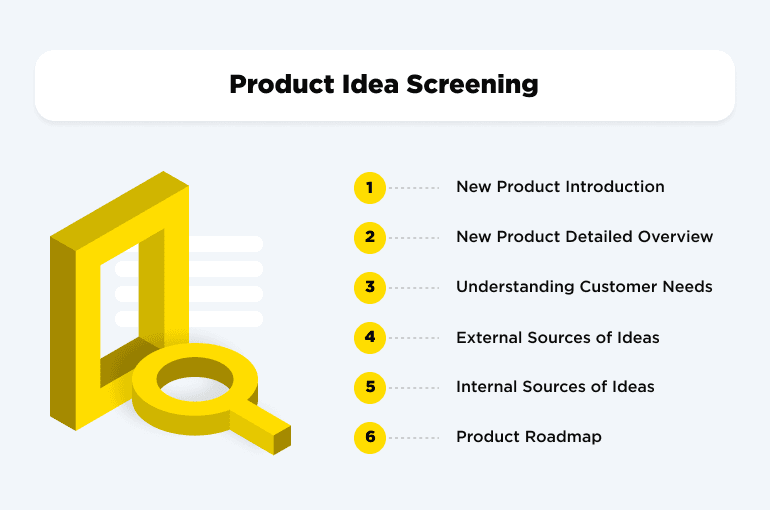
Another practice that could accelerate this development phase is using SWOT (Strengths, Weaknesses, Opportunities, Threats) analysis. The key thing in this approach is to conduct a thorough examination of the ideas and external sources at hand and recognize the ones where threats and weaknesses capitulate to opportunities and strengths.
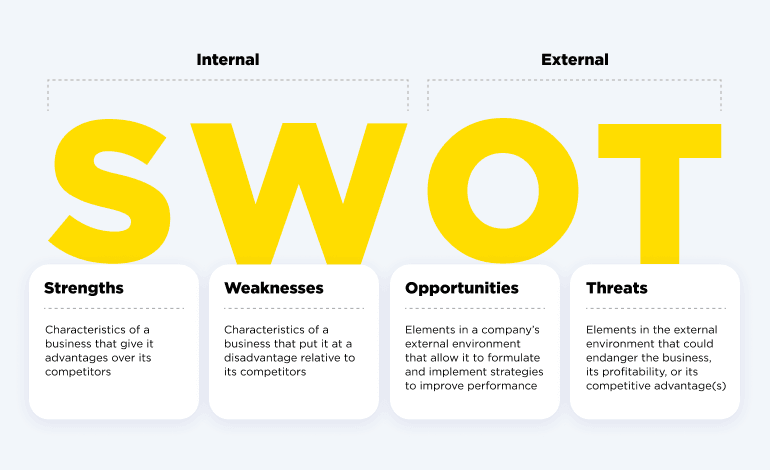
Stage 3: Concept Development & Testing
Now that you have defined the idea most promising, you should move to the third stage of product development: creating the in-depth version of the said idea and getting started on user stories.
Generally, the success of this stage lies in 5 smaller acts:
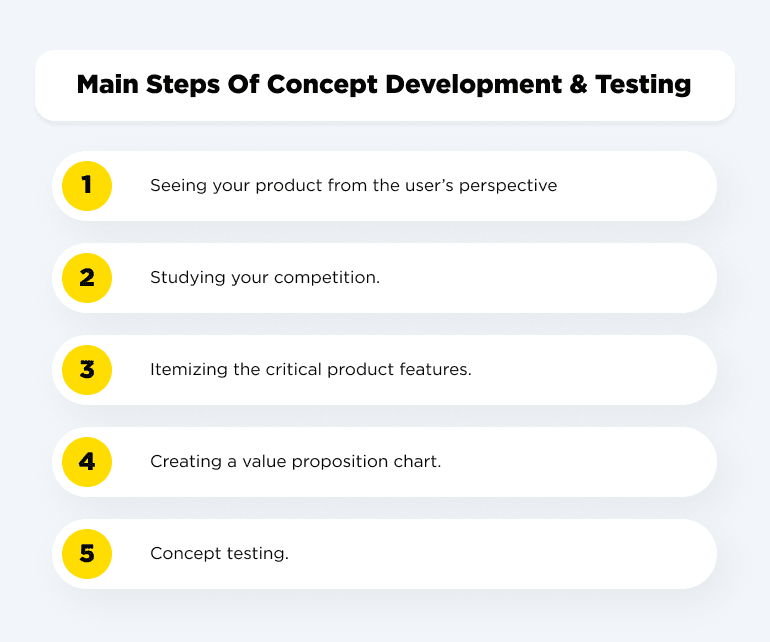
- Seeing your product from the user’s perspective. Ask yourself how exactly the customer benefits from your product and whether they can immediately grasp the essence of your product and understand how to use it. This is basically the gain (what the benefits are for the user)/pain (how hard it takes for the user to understand the idea behind the product and how to use it) ratio - a great tactic to take a look at your brainchild from your customer’s perspective due to user feedback.
- Studying your competition. A meticulous existing market players analysis is a must, clearly. And most seem to forget that it’s paramount not only to know your competitors by name and see how great they are but also to pinpoint what it is that they lack and quickly occupy that niche. Scanning the existing market helps to spot areas for improvement: you can’t be still in a fast-moving world.
- Itemizing the critical product features. The user stories help to achieve clarity on what product to market and build, how and, most importantly, why. By answering two questions, you will make or break a business: what makes this feature innovative, and how is it going to solve the problem customers are experiencing? What design decisions will make it work best?
- Creating a value proposition chart. The best way to sum up all the previous data in a precise and transparent way for the end user is using a value proposition chart. When working on the chat, it’s essential to a) state who the product is designed for, b) define the problem the users face at the moment, c) what distinguishes your product from the rest, d) how it manages to solve the current problem the users face and e) what is your secret sauce the others can only dream about.
- Concept testing. The final step is to take a close look at how a selected group of users perceive the idea, and in case it’s not looking hopeful - come back to step #2 and perform idea screening once more and adjust. Or pick a different idea.
Stage 4: Market Strategy & Business Analysis
Building a reliable market strategy ensures a promising connection with your target audience. Any NPD project only benefits from clear approaches to how it may dominate the market, and since no two projects are the same, these strategies may vary as well.
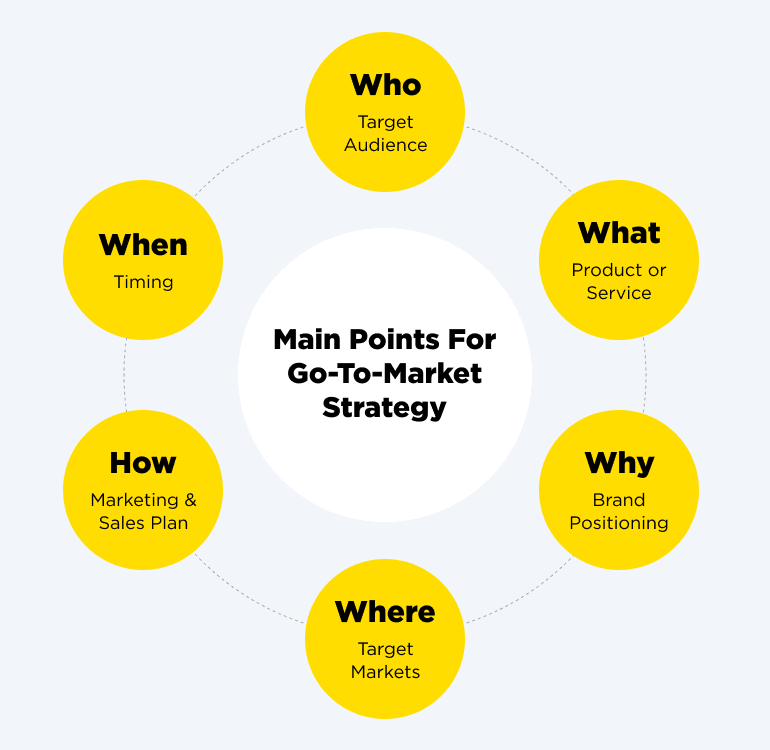
Business analysis determines whether a particular NPD is capable of creating a continuous stream of value and sufficient profit margins. Are all your efforts really worth the investment? Will your product survive the competition? The business analysis also includes identifying the selling price of the product. Generally, there are two ways to go about this can be given in two business models to choose from: the cost-based pricing model (the final price consists of the initial production cost and the markup percentage) and the market-focused pricing model (the final price is inferred through the analysis of the pricing of similar products on the market).

Ready to impress the market with your product?
contact usStage 5: Product Development
After idea selection, market strategy development, and business analysis are successfully completed, it is time for product development! This stage is divided into two smaller steps that ensure a smooth and efficient procedure.
1. Prototype development. Visualization for stakeholders is an important step you can’t really skip. When creating a UI/UX product design, you demonstrate not only the image but the prospects of the NPD, thanks to the prototyping phase.
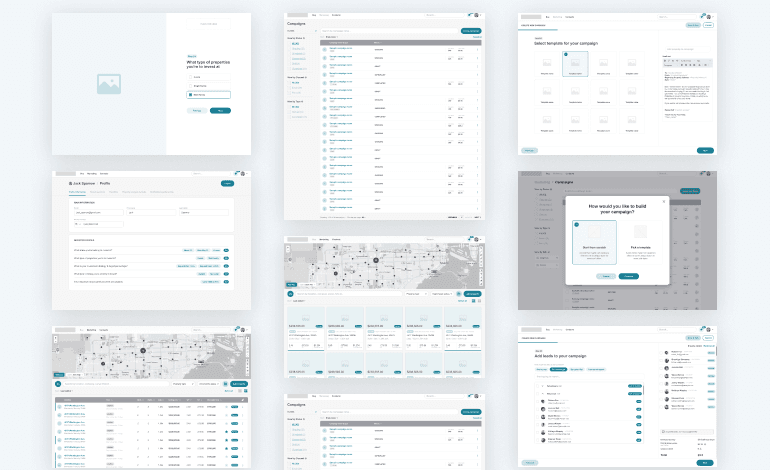
2. MVP (Minimum Viable Product) development. Once the procedures of designing, developing, and testing are complete, the time to launch an MVP comes! The MVP is released in the market with minimal features, so future actions depend on the initial response and perception of the finished product. Afterward, beta testing may be conducted to make sure the product works as smoothly and properly as it was initially designed to.
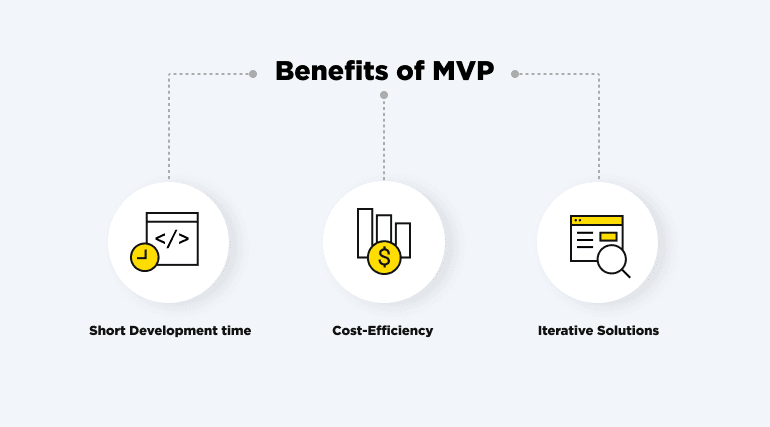
Stage 6: Deployment
Once you have developed and launched an MVP, your attention and efforts should naturally shift to deploying your product in the live environment while also getting the use of DevOps practices and the CI/CD pipeline.
The clean-cut strategy for product deployment includes: a) honing in on the code to perfection; b) pushing the software artifacts into the registry; c) testing the performance and interaction between the new builds; d) manual testing for further product validation; e) deploying the ready-to-use product.
Stage 7: Market Entry
What can be done to help a product gain traction? This is basically the core of the final stage: making a product stand out. There is a set of marketing activities that, if followed carefully, generate a product-market fit.
- Vision over the physical product. Even when your product has the best, truly unique features on the market but there is no soul in it, people may not care about it as much. The product concept is what draws the attention. When the end-users clearly see how your idea is going to make their life easier, they will become loyal customers.
- Find your voice. The product marketing team has to define what communication style (a blog, newsletters, witty TikToks, etc.) will most effectively represent your brand. Your message must be articulate and intriguing yet simple and fun.
- Engage your target audience in webinars. Working remotely has made this product strategy an absolute must-do for businesses. This is by far the easiest way to reach your target audience, tell them about your product and its features. Increase your discoverability rate and attract more quality leads!
What are the new product development and launch time frames?
Most product managers believe in the idea of high quality over the speed of delivery, and clients tend to agree. Developing a robust, well-defined strategy and then following the steps one by one, not getting fazed by obstacles, and being flexible is time-consuming but also so-so rewarding.
Generally, however, how much time you need to develop a new product depends on the following:
- the intricacy of the project;
- the industry;
- the company status;
- the available resources.
How does an organization benefit from NPD?
- Your concept is made infallible
- The quality of the product sky-rockets
- Expenses are minimized, and the chances of failure are lessened
- Innovation is guaranteed to accelerate
- Superior marketing strategies are introduced
